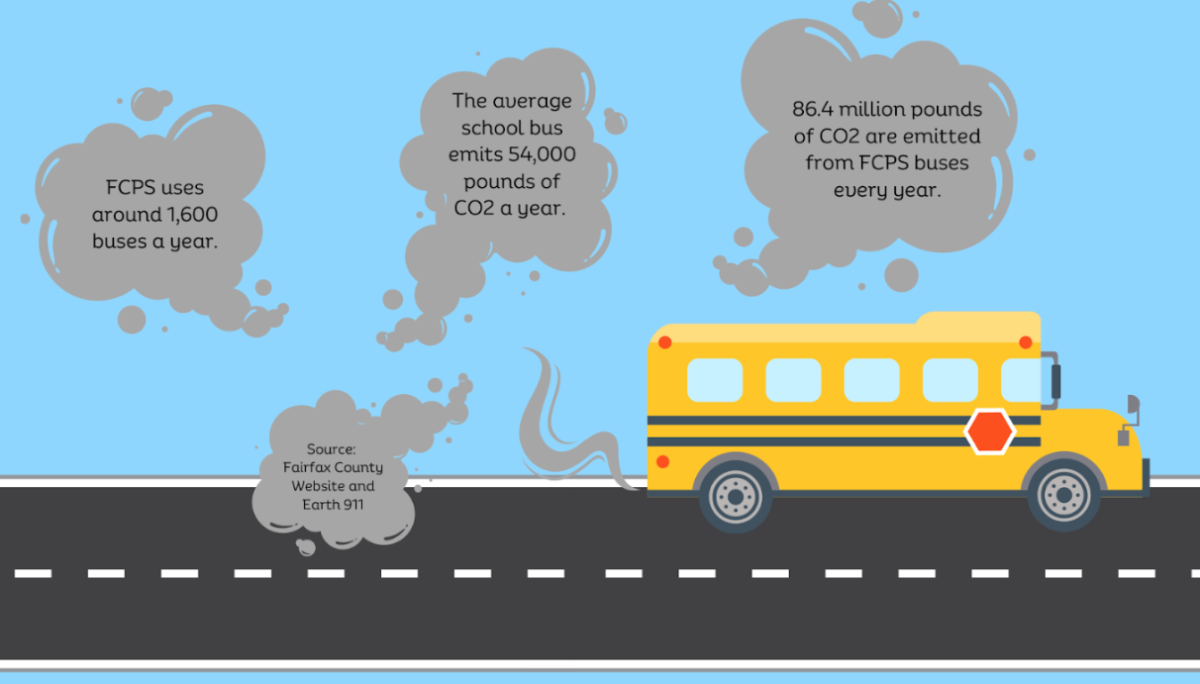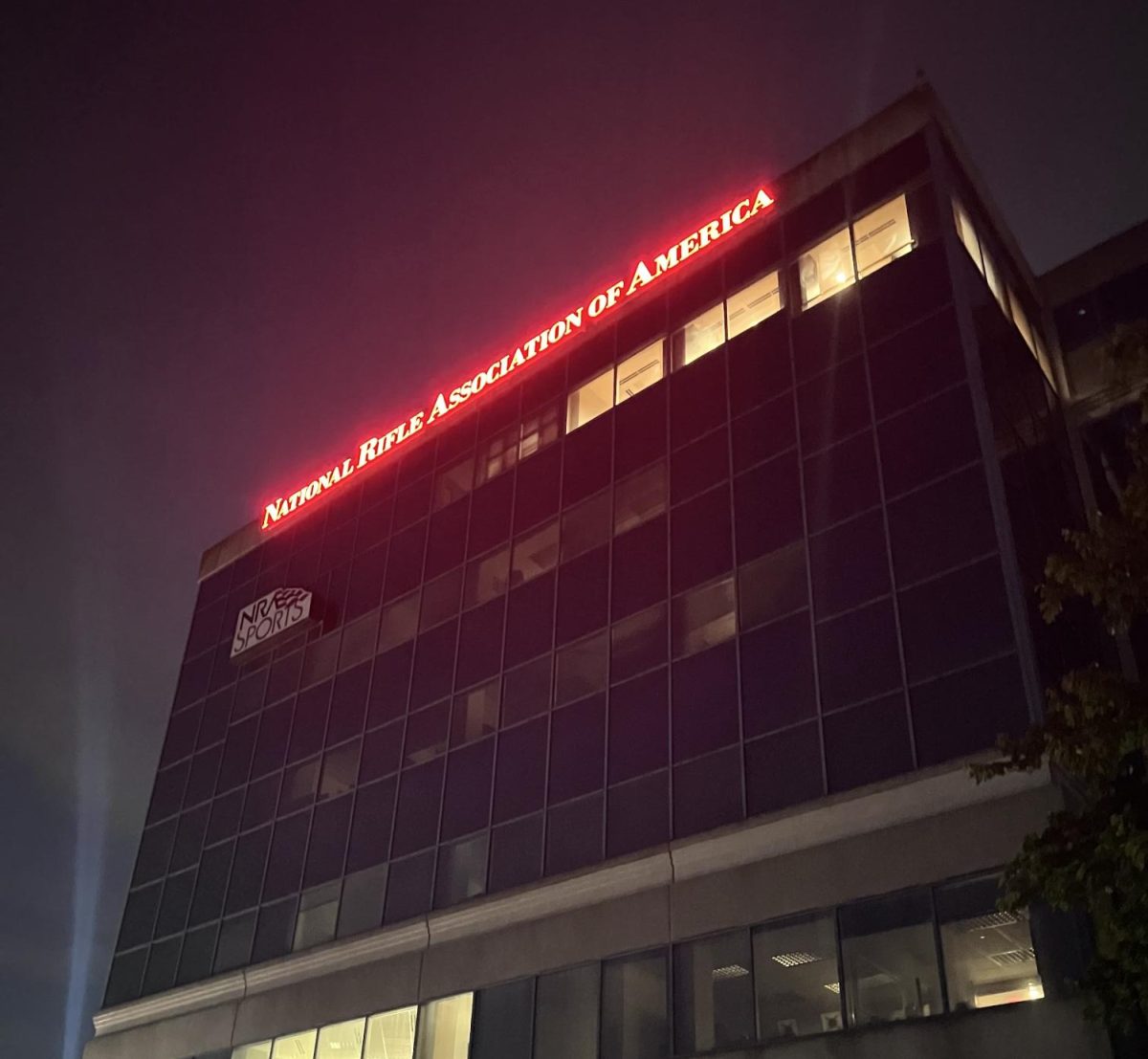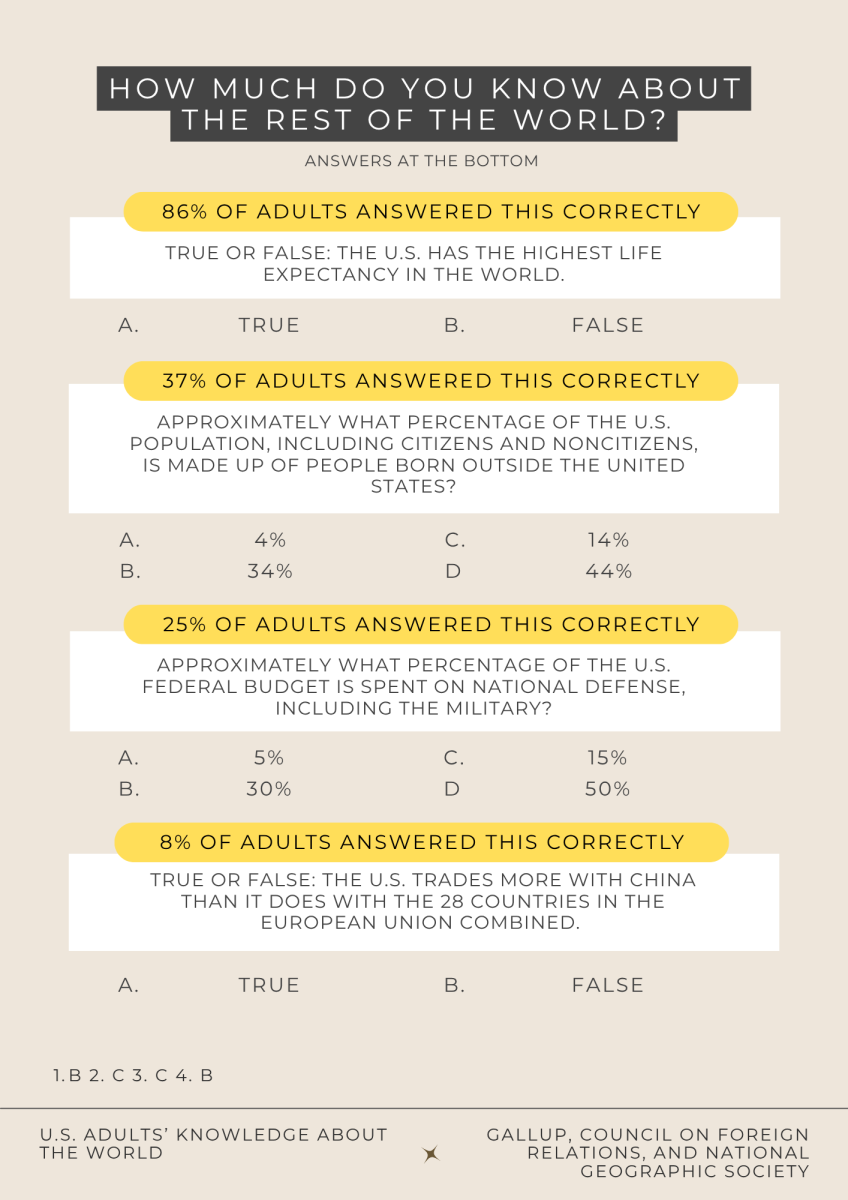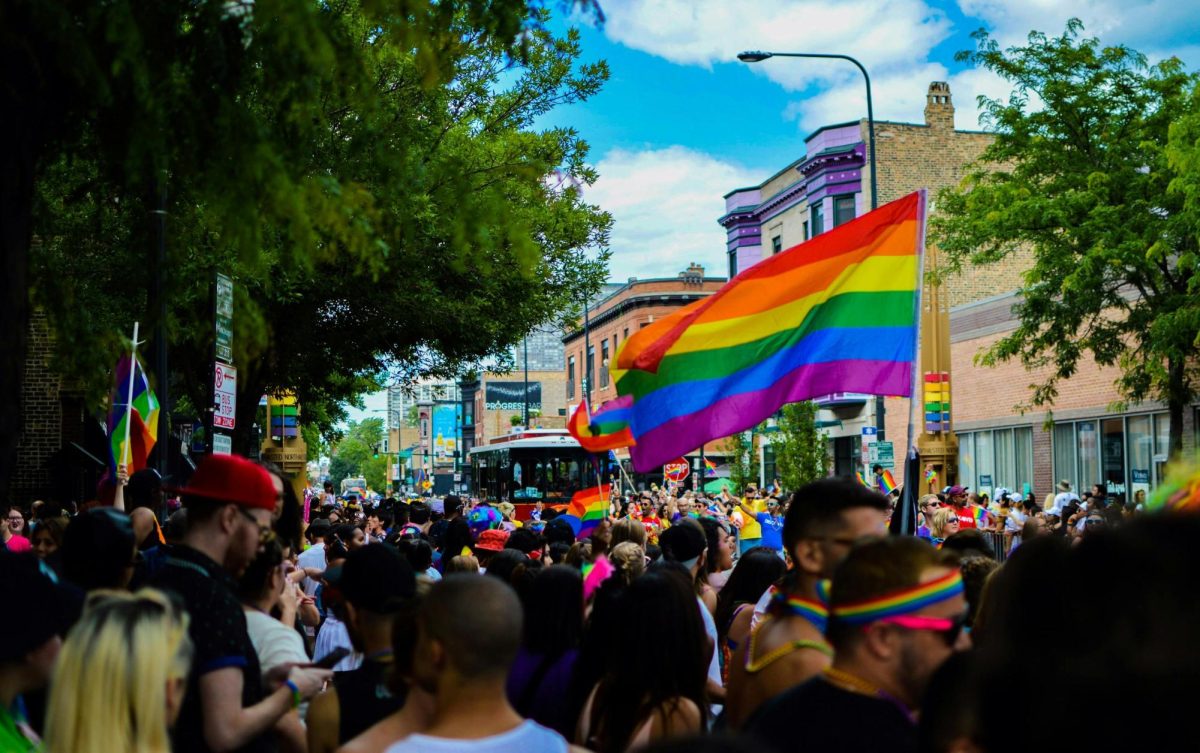Half a million cars flood the highways as people travel throughout Fairfax County in the morning, dropping their kids off at school, commuting to D.C. for work or running errands, per the Fairfax County Commuting Patterns. Regardless of what they are doing, these people are contributing to the larger problem of global warming, but it isn’t their fault. They just happen to live in a suburb.
The issue with Fairfax County’s air pollution problem stems from the nature of suburban lifestyle in the United States. Car-centric transportation, single-family homes and spread-out neighborhoods lead to people living in the suburbs and putting out more CO2 than people in urban or rural areas per the IPCC Climate Assessment Report. Fairfax is certainly no exception and with a population of 1.14 million, according to the U.S. Census Bureau, the issues of a traditional suburban area are significantly more severe.
While the county is not getting hit by climate change to the degree that states like Florida or other countries are seeing, per the World Food Program USA, the effects are slowly starting to creep in. Hotter summers, shorter winters and increased rainfall are all signs that climate change is starting to impact the county, per the Resilient Fairfax Climate Projections.
And so, we reach Fairfax County’s plans to help reduce CO2 emissions throughout the county, starting with the FCPS shift to using buses with renewable energy. Transportation is a major contributor to the climate catastrophe, with the average family car emitting nearly 10,000 pounds of CO2 a year alone, via the United States Environmental Protection Agency. Targeting the cars and buses is going to be fundamental for lowering the county’s total emissions. They’ve already begun to implement new electric buses around the county, progressively adding more to the bus roster, per the FCPS Website.
At first glance, this transition is a huge step forward. According to the Fairfax County website, more than 1,600 school buses drive around the county everyday. Since the average school bus emits 54,000 pounds of CO2 every year, per Earth911, replacing all of these diesel buses would prevent 86.4 million pounds of CO2 from entering the atmosphere.
Though 86.4 million may seem like a huge number (to be fair, it is), it doesn’t compare to the amount of CO2 emitted by every single school bus in the nation. Nearly 8 billion pounds of CO2 are released from school buses each year across the nation. Fairfax County is only getting rid of .01% of the national average. And that’s just buses; there’s still thousands of cars driving on the same road.
In the grand scheme of the climate issue, it may seem like the county’s efforts may not lead to huge results, however, it is still important for the county to carry out this plan. Not only is Fairfax one of the largest counties in the country, but it’s also neighbors with the nation’s capital, leading to the county being an influential area in the state. As such, if Fairfax goes through with this act, it could influence other counties looking to pick up on electric school buses.
As more counties apply new environmental policies, there’s a better chance that state or even national legislatures could see the positive impact coming from this shift and promote similar acts to a larger level. This isn’t just wishful thinking; states have had a long history of implementing environmental laws from other states, almost like a laboratory for policy innovation. In 1988, Virginia passed the Chesapeake Bay Preservation Act to help protect the bay, per the Virginia Department of Environmental Quality, which
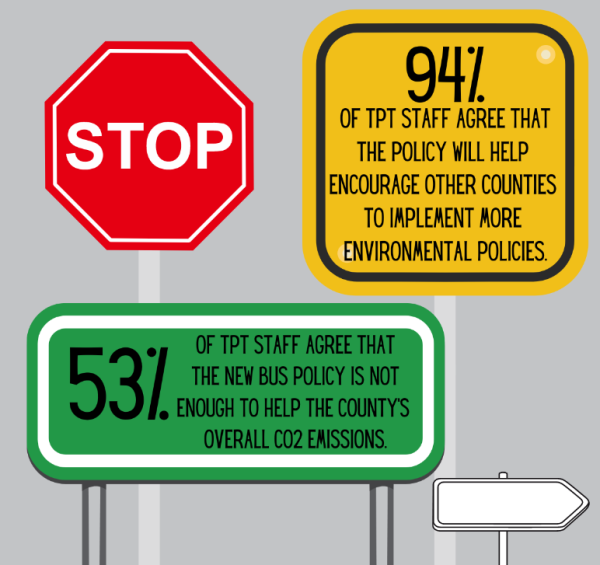
was similar to many of California’s acts to help conserve their own waterways.
The climate issue continues to worsen day by day and a national effort to overturn the issue is the only way to truly make a dent. Hopefully, if enough counties follow Fairfax in this environmental effort, more policies to help combat the climate crisis may surface around the nation, leading to a chain reaction that could benefit society.


